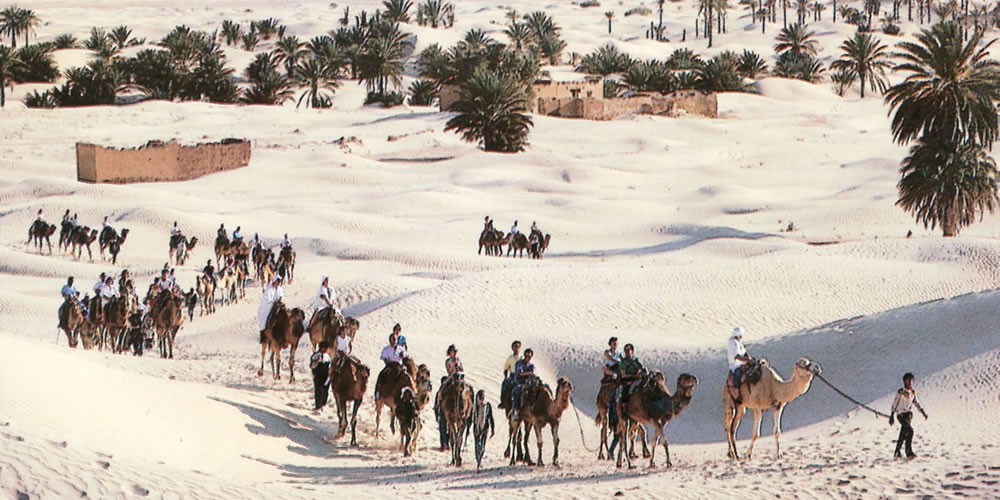BLOG
Tunisia, North Africa's Gateway to Europe

Spread over an area of 163,610 square kilometers, Tunisia is located on the Mediterranean coast between Libya and Algeria in North Africa. There are deserts in the south of the country. In everyway, Tunisia is a beautiful country with her history, culture, nature, and sea. Having a very rich history, Tunisia has also hosted various civilizations. The first of these is said to have been founded by the phoenix princess named “Dido”. Her empire was called the “Carthage Empire”.
Princess Dido had established Carthage on the shores of today’s capital Tunisia in 814 BC. Carthage was prosperous and commercial city.
Carthaginians, who became rich in time, established trade colonies that spread inland from the coasts of the Eastern Mediterranean, North Africa and Spain. Hannibal, one of the greatest commanders of history, is also Carthaginian. In 203 BC, the commercial competition with Romans turned into war, and the Carthaginians under Hanibal’s leadership were defeated. Carthage, which was weakened after this war, was completely destroyed by the Roman armies in 146 BC, and the people of the city were sold as slaves. The tomb of Hannibal, who escaped to Anatolia, is now in Gebze, Turkey. The surviving ruins of Carthage give an idea about the size and beauty of the city, despite thousands of years.
The first Muslims arrived in Tunisia in 670 and remained under the rule of various dynasties until it was captured by the Ottomans in 1574. The Ottomans ruled Tunisia through lords. It remained under Ottoman rule for 307 years until it was occupied by the French on 12 May 1881.
On March 20, 1956, under the leadership of Habib Bourguiba, it gained its independence by taking the administration from the French.
Although the majority of the population makes a living from agriculture, the amount of land suitable for agriculture corresponds only to 19% of the total area. Forests that make up the natural vegetation cover only 4% of the total area. More temperate climate is seen in the northern regions. The southern regions are desert. There is a land border of 965 km with Algeria and 459 km with Libya. While there are mountains in the northern parts of the country, there are dry and hot plains in the middle parts. The highest part is Jebel ech Chambi with an altitude of 1,544 meters from the sea.
Sea transportation is very important for Tunisia, which has a long coastline. Its important ports are Bizerte, Gabes, La Goulette, Sfax, Sousse, Tunis, Zarzis.
The economy of Tunisia, which does not have rich oil deposits, is mostly based on agriculture, tourism, mining and production sectors. Tourism has an important place in the national economy. All the houses are painted white, and their doors and windows are painted blue in order to have an aesthetic appearance. Fruit-filled orange trees were planted on the sidewalks at frequent intervals. Luxury hotels and holiday villages built on 1148 km long beaches on the Mediterranean coast attract millions of tourists from Europe every year. The deserts in the south offer an alternative holiday opportunity for those looking for change. Although 98% of the population is Arabic and its official language is Arabic, the trade language is French. Tunisian students study in Arabic until the 3rd grade of primary school and after that all their lessons are in French.
This article with photos was published on our tchayat magazine in 2006. This is the translation of the article. Original version is here: http://www.tchayat.org/sayilar/kasim-2006/174-tunus





